
Zombies have long been represented in Hollywood films as the depleted husks of people who have had their souls removed, but that is not necessarily how they function in Haiti and the Dominican Republic, which share the Caribbean island of Hispaniola.
The term 'zombie', or zonbi in Haitian Creole, derives from the Central African Kikongo word for spirit, and Haitian talk about zonbis is more centrally concerned with the work done with the disembodied souls rather than the soulless bodies themselves.
For example, it is believed that zonbis can be harnessed by individuals and sent as supernatural assistants to obtain a favourable outcome in a legal case, or perhaps enact vengeance against a spousal betrayal. They can, it is said, also affect a person who incites accusations of jealousy; Haitian research assistant Georges René even claims that an errant zonbi once affixed itself to his leg, causing so much pain and swelling in the limb that he had to see a specialist to have the zonbi removed.
However, one thing that the Haitian and Dominican zonbi does have in common with Hollywood depictions is its use as a horror emblem. On Hispaniola, the largely negative feelings towards these spirit demons stems from the trauma of colonial conquest, and its enduring effects. The fact that the spirit demon known locally as the baka (part of the same group of shapeshifting spirits as the zonbi) only appears in the form of a dog, horse, cow or pig is significant since these were the invasive species brought to the island by Christopher Columbus in 1492, which enabled the conquest of the indigenous population. Conquistadores slaughtered people en masse atop their steeds, while dogs were used to hunt down escaped Amerindian rebels. Meanwhile, feral pigs ate people's staple tuber crops and cattle ravaged their maize, contributing to famine and the eventual collapse of the indigenous Taíno population within two decades.
Denne historien er fra April 2022-utgaven av History Revealed.
Start din 7-dagers gratis prøveperiode på Magzter GOLD for å få tilgang til tusenvis av utvalgte premiumhistorier og 9000+ magasiner og aviser.
Allerede abonnent ? Logg på
Denne historien er fra April 2022-utgaven av History Revealed.
Start din 7-dagers gratis prøveperiode på Magzter GOLD for å få tilgang til tusenvis av utvalgte premiumhistorier og 9000+ magasiner og aviser.
Allerede abonnent? Logg på
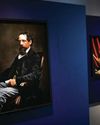
'Dickens's evocation of the fears, excitement and confusion of childhood is peerless'
DR LEE JACKSON ON WHY CHARLES DICKENS REMAINS RELEVANT TODAY
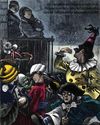
THE AUTHOR GOES ABROAD
Dickens expanded his horizons and boosted his fan-base by venturing overseas - but global fame came with a cost
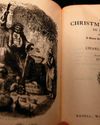
REVIVING THE FESTIVE SPIRIT
A Christmas Carol wasn't just a bestseller - it changed the way that Britons chose to mark the festive season

GIVING THE POOR A VOICE
From Hard Times to Oliver Twist, Charles Dickens used his pen to help illuminate the lives of the less fortunate

A JOURNEY THROUGH DICKENS'S LONDON
The works of Charles Dickens are synonymous with visions of Victorian London. We talk to Dr Lee Jackson about the author's love of the capital, and the locations that most inspired him
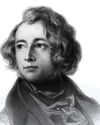
EXCEEDING EXPECTATIONS
Dr Lee Jackson chronicles Charles Dickens's journey from down-at-luck teenager to titan of Victorian literature

GIFTS, TREES & FEASTING
We take a journey through the photo archives to reveal how Christmas and its many traditions have been celebrated over the years - and around the world
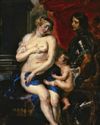
WHAT GREAT PAINTINGS SAY
We explore the story behind an allegorical painting that celebrates the triumph of love over hate, peace over war
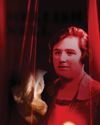
HELLISH NELL
Malcolm Gaskill delves into the life of Helen Duncan - the fraudulent Scottish medium whose ectoplasm-filled seances saw her ending up on the wrong side of the law

7 THINGS YOU (PROBABLY) DIDN'T KNOW ABOUT THE WHITE HOUSE
Presidential historian Dr Lindsay M Chervinsky reveals some of the most surprising facts about the world-famous US residence